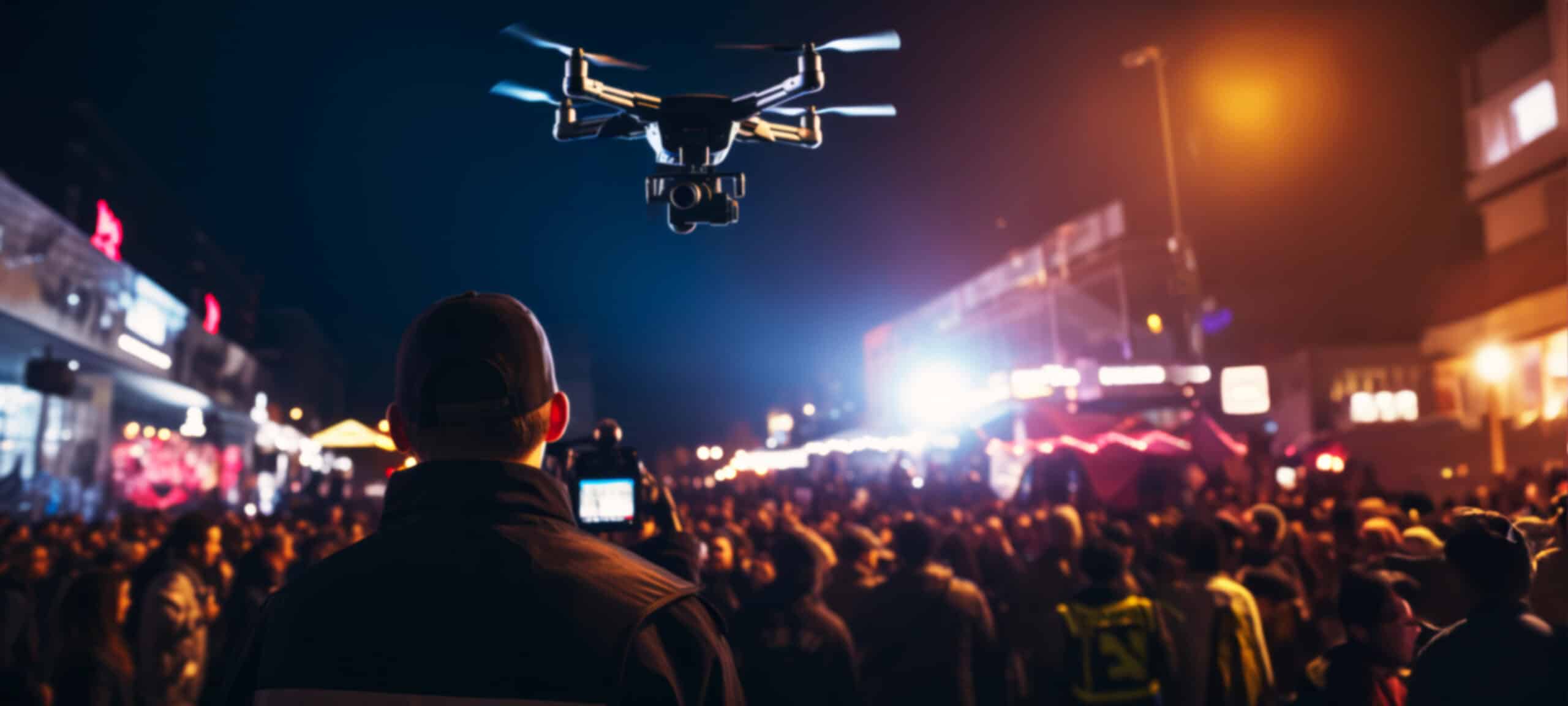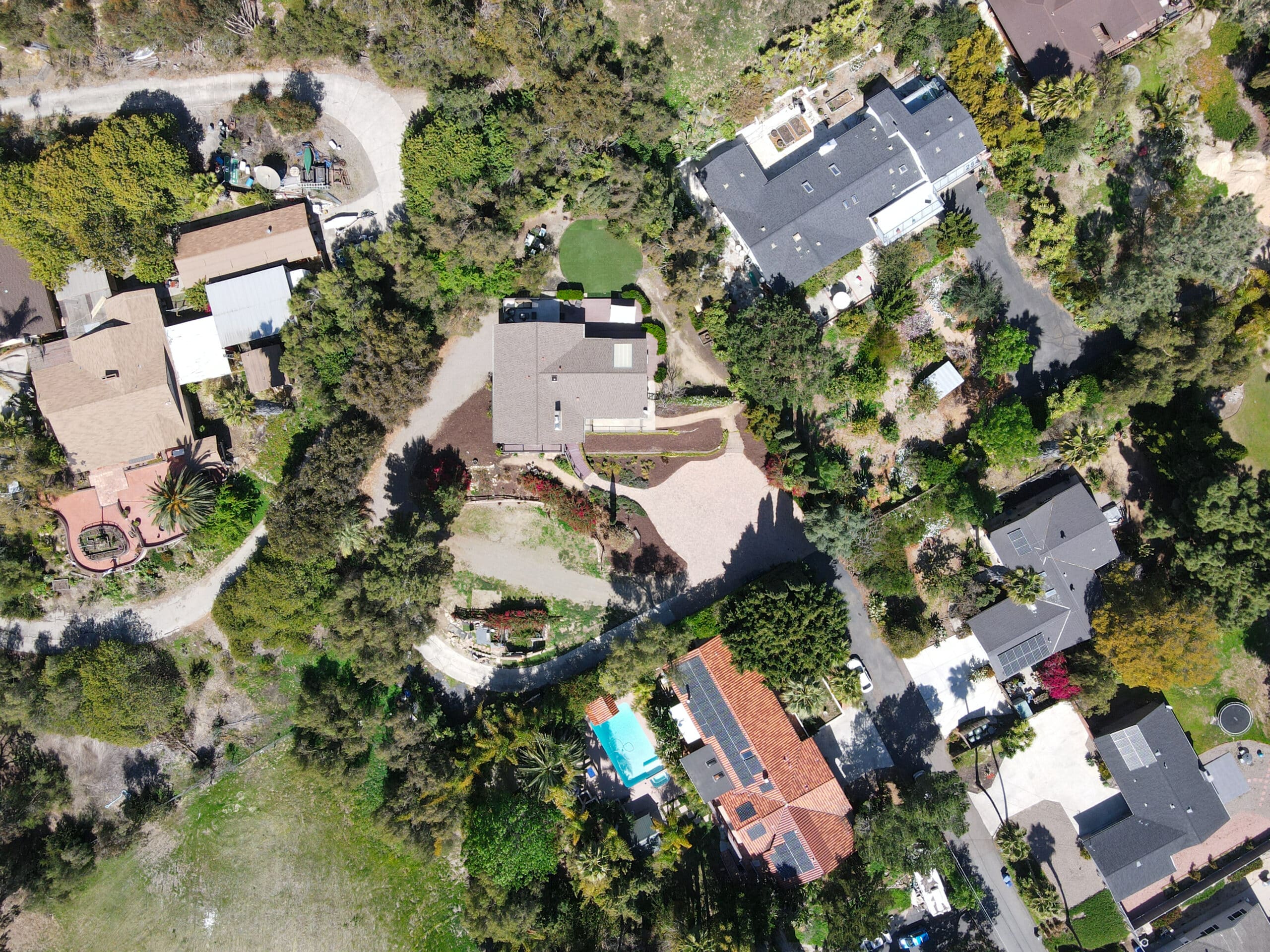Estimated reading time: 4 minutes
In an era where security threats are increasingly sophisticated, the importance of integrating cutting-edge technologies into strike security operations cannot be overstated. This comprehensive exploration delves into three pivotal technologies revolutionizing how security professionals monitor, communicate and predict threats. By harnessing the power of advanced surveillance systems, encrypted communication tools, and data analysis coupled with threat intelligence, security operations are enhancing their responsiveness and setting new standards for operational excellence.
Table of contents
Advanced Surveillance Systems
The Evolution of Surveillance in Security
Surveillance technology has undergone a transformative journey, evolving from essential video monitoring to incorporating AI-driven analytics and uncrewed aerial vehicles (UAVs). This evolution marks a significant leap in how security operations are conducted, offering unprecedented situational awareness and operational efficiency. Advanced surveillance systems now serve as the eyes of security teams, providing real-time data and analytics that inform critical decision-making processes.
Drones: Enhancing Aerial Monitoring
Drones have become indispensable in modern security operations, offering a bird’s-eye view that was once impossible to achieve. Equipped with high-resolution cameras and night vision capabilities, drones extend the reach of security teams, allowing for easy monitoring of vast and inaccessible areas. Moreover, their ability to quickly cover large distances makes them an invaluable asset in emergency response scenarios, significantly reducing response times and enhancing the effectiveness of security measures.
CCTV and AI Integration
Integrating artificial intelligence (AI) with closed-circuit television (CCTV) systems has revolutionized surveillance by introducing automated threat detection and analysis. AI algorithms can now analyze footage in real-time, instantly identifying suspicious activities and alerting security personnel. This improves the efficiency of surveillance operations and minimizes human error, ensuring that potential threats are not overlooked. The synergy between CCTV and AI is a testament to the potential of technology to augment human capabilities in security operations.
Communication Tools
The Importance of Secure Communication
In high-stakes security operations, the integrity of communication is paramount. Secure, encrypted communication tools ensure that sensitive information remains confidential, safeguarding against eavesdropping and unauthorized access. This level of security is crucial in maintaining operational secrecy and protecting the safety of security personnel and the assets they are guarding.
Encrypted Devices and Apps
Encrypted communication devices and applications have become the backbone of secure communication in security operations. These tools use robust encryption algorithms to protect data transmissions, ensuring that messages can only be decrypted by the intended recipient. The widespread adoption of encrypted devices and apps has dramatically enhanced the ability of security teams to coordinate effectively, even in the most challenging environments.
The Role of Real-time Communication
Real-time communication is vital for coordinating security operations, especially during critical incidents. The ability to communicate instantaneously allows security teams to adapt to evolving situations, making informed decisions based on the latest information. This immediacy is crucial for the effective deployment of resources and the execution of strategic responses to threats, underscoring the value of advanced communication technologies in security operations.
Data Analysis and Threat Intelligence
Big Data in Security Operations
The application of big data analytics in security operations has opened new avenues for threat detection and assessment. By analyzing vast datasets, security professionals can identify patterns and trends that may indicate emerging threats. This proactive approach to security, powered by big data, enables organizations to anticipate and mitigate risks before they materialize, significantly enhancing the effectiveness of their security measures.
AI-driven Threat Analysis
Artificial intelligence is pivotal in analyzing and interpreting data to identify potential security threats. AI algorithms can process and analyze data at a speed and scale unattainable by human analysts. This capability allows for real-time threat intelligence analysis, providing security teams with actionable insights to inform their strategic decisions and operational tactics.
Leveraging Intelligence Gathering
Effective security operations rely on comprehensive intelligence gathering to inform their strategies. Integrating AI and big data technologies has revolutionized this aspect of security, enabling intelligence collection and analysis from various sources. By leveraging these technologies, security teams can better understand potential threats, including their origins, methodologies, and possible targets. This intelligence is critical in developing effective countermeasures and ensuring the security of assets and personnel.
Conclusion
In conclusion, integrating advanced surveillance systems, encrypted communication tools, data analysis, and threat intelligence is transforming the landscape of strike security operations. These technologies offer unprecedented monitoring, communication, and threat prediction capabilities, setting new standards for security operations worldwide. As these technologies evolve, so will the sophistication and effectiveness of security measures, ensuring that organizations remain one step ahead of potential threats.












